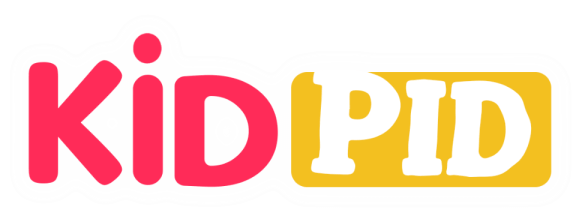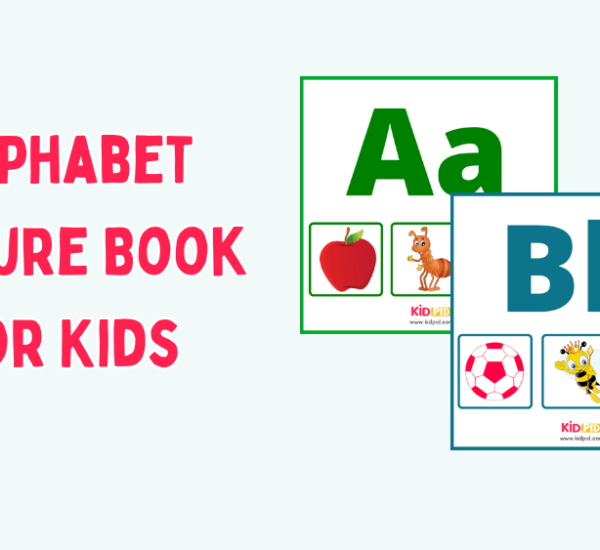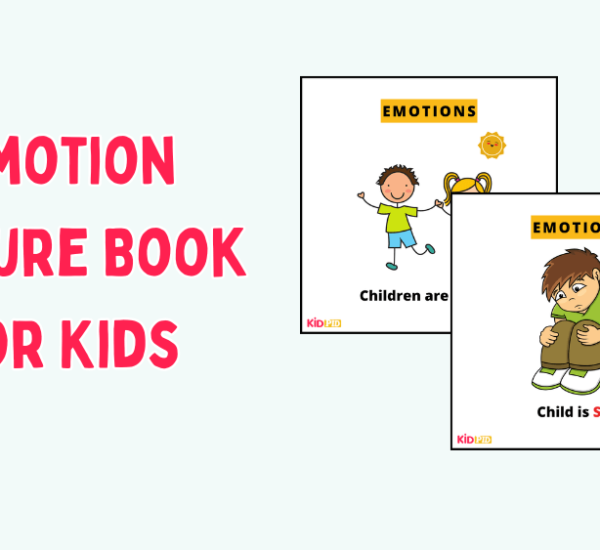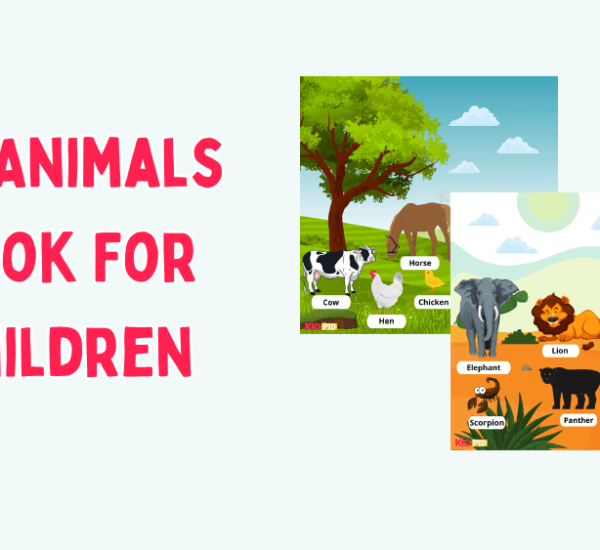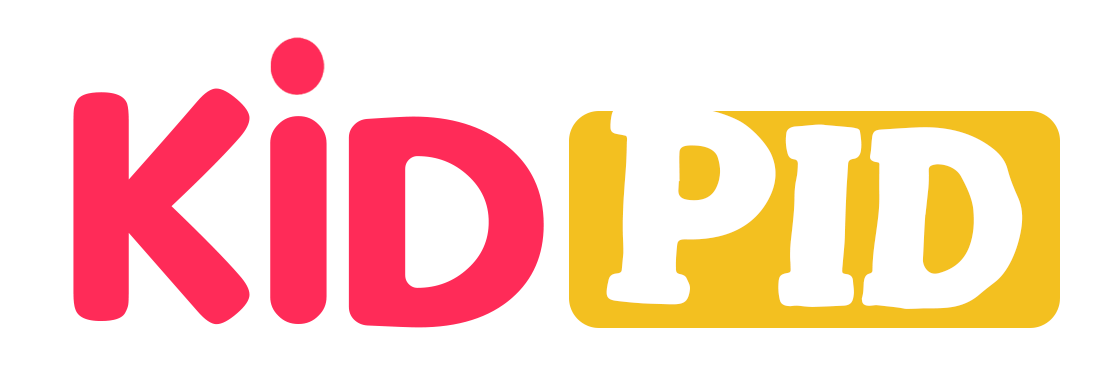Learning the basics of weight helps children understand how heavy or light objects are. Using fun examples like fruits, stones, and balance scales, kids can explore units like grams and kilograms. These everyday experiences teach children how to measure and compare weights, building a strong foundation in early math and science skills.
[Scroll Down for Download Link]
Learn the Basics of Weight


Dear, are you sure you have invited all your friends for dinner tonight?
I hope you have not missed out on anyone.

Yes, Mother, I made sure to invite everyone. Is everything ready for tonight’s dinner?

Well, almost ready. It will be great if you can go to Uncle Bob’s farm. Get some groundnuts and watermelon from him. he has kept them ready for us.

Sure, mother, I’ll go right away. I love to visit Uncle Bob.

Hello, Uncle Bob, how are you doing?

Hello Amber, I am doing just fine. I have kept your stuff ready. They are one kilogram each.

What is a kilogram?

The kilogram is a unit used for measuring weight. But do you know what is meant by the weight of any object?

No problem, I’ll explain. The Weight of any object is the measure of its heaviness.

That means I can find out how heavy I am, right?

Okay, but I have a question, uncle. You said the groundnuts and the watermelon are one kilogram each.

How is it that you have given me so many ground nuts but only one watermelon?

That’s a very intelligent question, Amber. Let me teach you why it is so.

Amber, you can use a unit like a kilogram to express your weight. But there can be other units for measuring weight.

Grams is used to express the weight of slightly lighter objects. Generally, these units are written using short forms.

Hey Amber, do you know what that is? This is a one-kilogram weight that is used to check the weight of an object.

And how is it done, uncle?

Haha, we will come to that, Amber. Tell me, have you seen this anywhere?

Yes, I have seen this at the market. The vegetable vendor uses this.

Very good amber. This is a weighing balance, and these are called pans.

You have to keep a weight on one pan and the object to be measured on the other pan.

Now let’s check the weight of the watermelon. So we know that the weight of the watermelon is one kilogram.

Now let’s check the weight of the ground nuts.

Oh, so these ground nuts weigh one kilogram.

Yes, Amber, you are correct.

Does that mean all these ground nuts together make one kilogram

Yes, Amber, you are right. All these ground nuts together weigh one kilogram, and this watermelon alone weighs one kilogram.

But do you know why it is so? It’s because different objects having the same weight can be of different sizes and shapes.

So does that mean that, being good, the size of an object determines its weight?

Mmmm, not always. A big balloon is always lighter than a stone, right?

Yes that’s right

There is one more way to measure the weight of an object, which is done using other objects.

Oh, sounds fun! How do we do that?

Let me show you a small example. Suppose we have to measure the weight of this pineapple using these small stones.

Oh, so these stones I used as weight are right?

Amber. Now I’ll place the fruit on one scale and start placing the stones on the other

Oh, so when do we stop using them Uncle?

That would be when both the pans are at the same level. Come on, let’s start

Okay, now they are of the same weight.

Exactly, now let us find out the weight of this pineapple, and count the number of stones in the other pan.

There are 10 stones, uncle.

Good job, so the weight of that pineapple is the same as the weight of 10 stones.

So we successfully found the weight of the pineapple using the stones.

Wow, that was fun Thanks, uncle.

My pleasure, Amber. Now you better go back home, your mother will be waiting.

Oh yes, I must rush back Bye.

So, Amber, I can see you had a nice time at Bob’s farm.

Oh yes, mother, and as usual, Uncle Bob and I had a lot of things to teach me.

I am feeling a bit hungry. Mom, can you make me one kilogram of milkshake?

One kilogram of milkshake? Are you sure you will specify the amount of milkshake in kilograms?

Mother, I thought that amount is expressed in kilograms or grams, isn’t that so?

No, Amber, we have different ways to express amounts of different objects.

Oh, then how do we express them?

Let’s play a game and try to understand this.

I’ll prepare the milkshake, and as I add items to it. You guess how to measure each item’s quantity. Are you ready?

Yes, Mom, I’m ready.

Hmm, let’s start. We have to make only one milkshake. So let me pour 1 glass of milk from this jug into the mixing bowl.

Now, Amber, here’s the first question for you. How did I express the amount of milk?

I know, Mom, you used one glass to express the amount of milk

Good! You are right here. Next, let me add two teaspoons of sugar to the milk.

Now, Amber, how did I express the amount of sugar?

Mom, that’s a simple question You used two teaspoons to express the amount of sugar

Very cool, Amber. Next, let me add a pinch of cinnamon powder and 2 teaspoons of chocolate powder to this mixture.

So, tell me how you will express the amount of cinnamon powder and chocolate powder.

I know it, I know it. You use the word a pinch to express the amount of cinnamon powder. You use 2 teaspoons to express the amount of chocolate powder. Is that right, mother

Perfect answer, now here’s the last question for you. How will you ask me to make a milkshake?

Well, Mother, I would say, can you make me a glass of milkshake? correct?

Yes, my son, you are correct, and here’s your milkshake!

In conclusion, understanding weight and its measurement is an important life skill. Whether comparing groundnuts to watermelon or learning about units like kilograms and grams, children can enjoy exploring how heaviness works. With simple tools and examples, they discover that weight can be fun, useful, and easy to understand.
Follow us on Facebook, Pinterest, YouTube & Telegram, and join our Telegram group to access more free printables.
You may like this:
Mass and Weight Math Worksheets for Grade 1
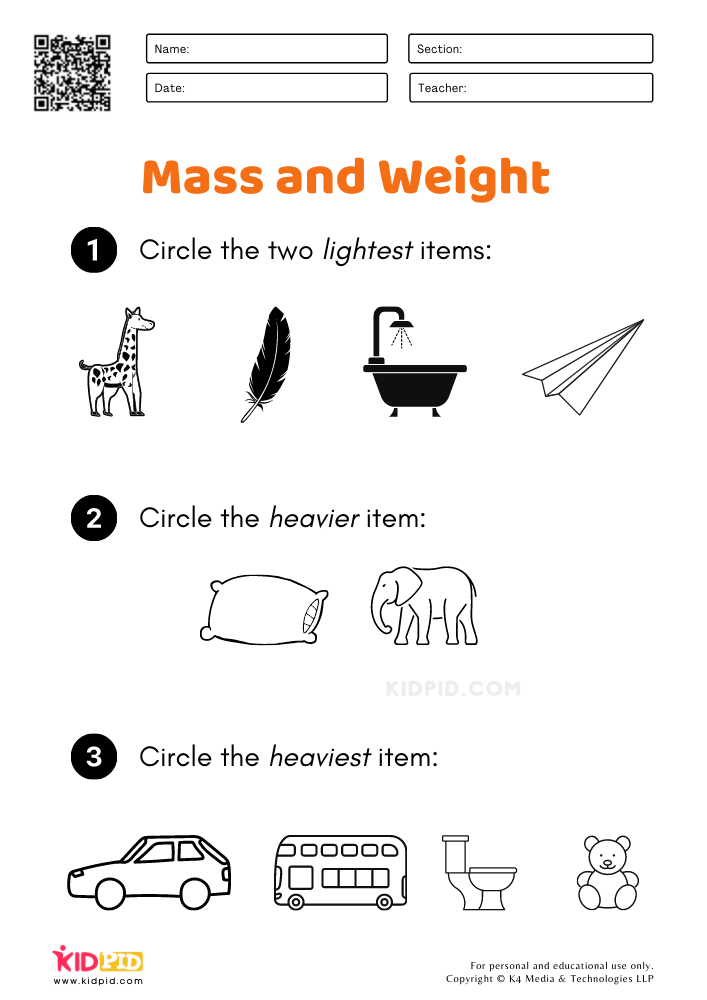
A clear, Grade 1 math worksheet on mass and weight: kids use scales to compare objects, circle heavier or lighter items, and arrange items by weight—building early measurement and classification skills
Concept of Weight and Mass
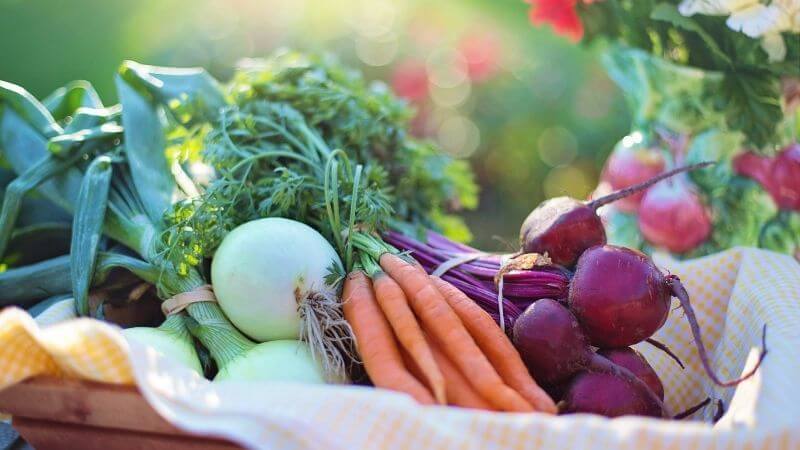
A clear, kid‑friendly article explaining the concept of mass and weight: mass measures matter (constant everywhere), while weight depends on gravity (varies on planets), helping children understand measurement and science basics.
Heavy or Light: Measuring Weight Worksheets
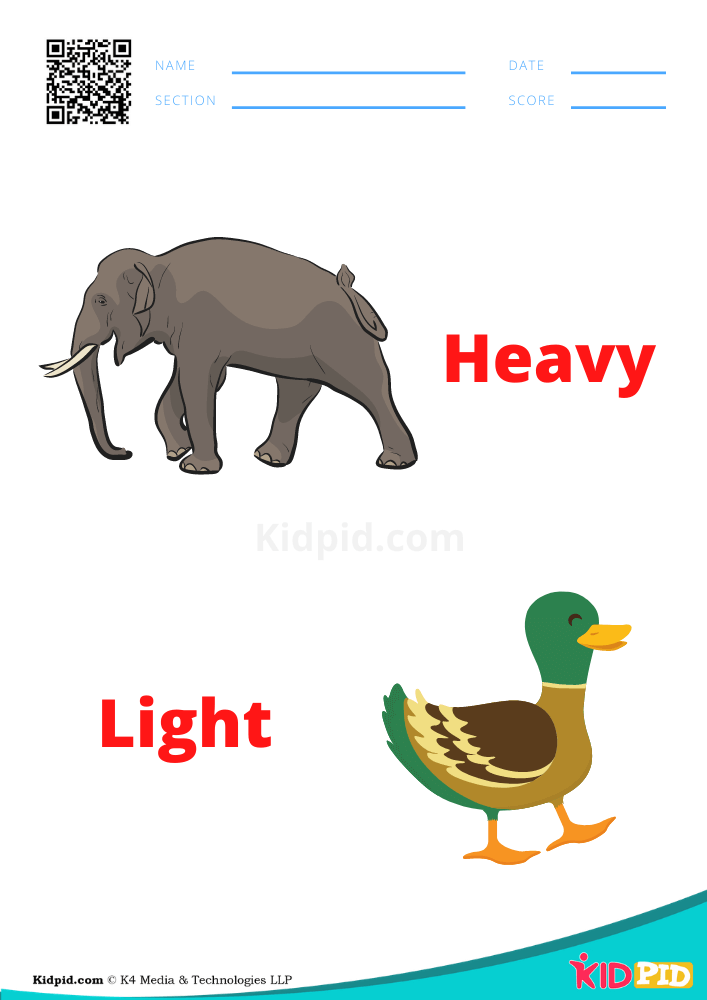
A fun “Heavy or Light: Measuring Weight Worksheets” resource for preschoolers and kindergarteners: kids compare objects, sort items, and use scales to learn weight concepts—building early math skills through interactive play
Paragraph on ‘Simple Machines (Levers, Pulleys, Etc.)

A clear, child‑friendly paragraph on simple machines: explains levers, pulleys, wheels, axles, inclined planes, wedges, and screws, showing how they reduce effort in everyday tasks like lifting, cutting, and opening.
Heavy vs Light Sorting Activity Worksheets
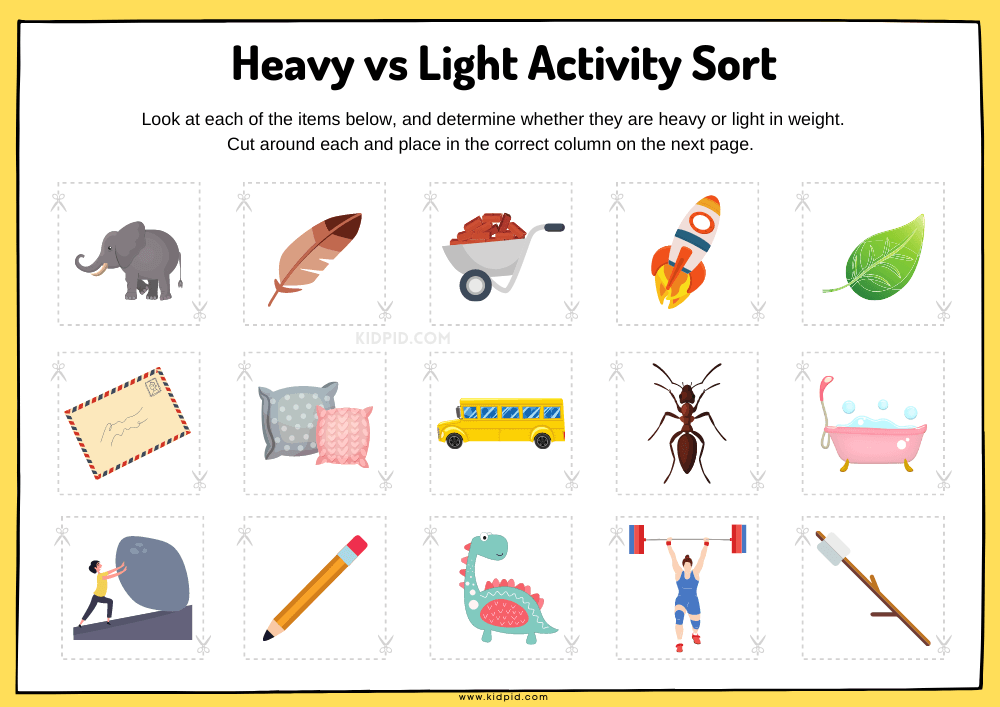
A fun “Heavy vs Light Sorting Activity Worksheet” for preschoolers and kindergarteners: children cut out pictures and paste them into “heavy” or “light” groups—boosting early science understanding, comparison skills, and fine motor development.
